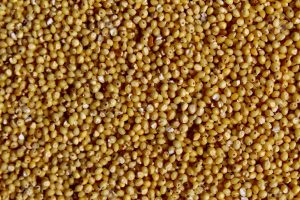
Zimbabwe has suspended grain imports up to next year following a self-sufficient season it is projected to save US$300m.
This was revealed by Anxious Masuka, Lands, Agriculture, Fisheries, Water and Rural Development minister,
“In light of the positive 2023 cereal balance sheet, grain importation is not recommended in the next 12 months,” Masuka said in the report.
He said total cereal production is 2 579 247 MT against a national cereal requirement of 1 837 742 MT for human consumption and 450 000 MT for livestock.
According to the Second Crop, Livestock, and Fisheries Assessment Report, Zimbabwe’s estimated maize production stood at 2 298 281metric tonnes (MT), a 58% increase on the 1 453 031 MT produced in the 2021/2022 season.
This is attributed to good rainfall season during the farming season
Traditional grains production is estimated at 280 966 MT, 45% more than 194 100 MT produced in 2021/2022.
With sorghum production is expected to be 191 125MT, which is 32% more than 144 633 MT obtained in the 2021/2022 season.
Pearl millet production is expected to be at 71 221 MT, which is 61% more than 44 143 MT produced in 2021/2022 and finger millet production is expected to be 18 610 MT, which is a 250% increase from 5 321 MT produced in the 2021/2022 season.
In the next summer cropping season, the Government is targeting a cereal production of 3,7 million tonnes to ensure national food and nutrition security.
The target areas for the major crops have only been increased by 10 percent since the major thrust of the ministry is to increase production per unit area, rather than drastically expand the cultivated area










